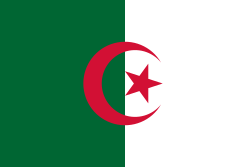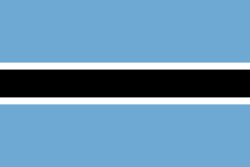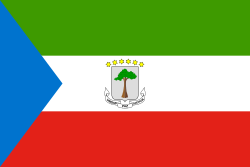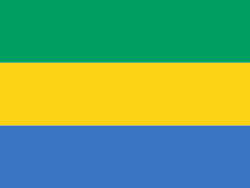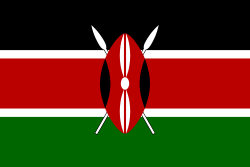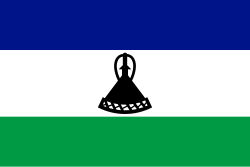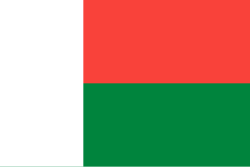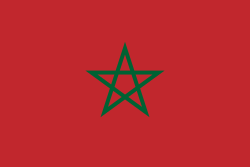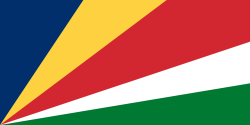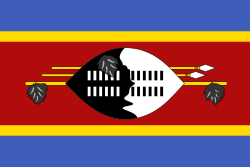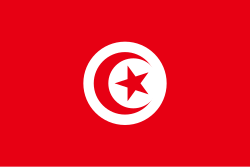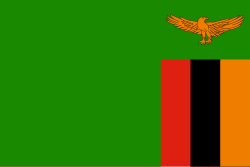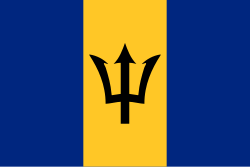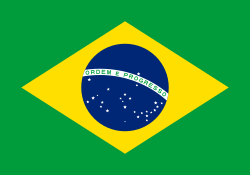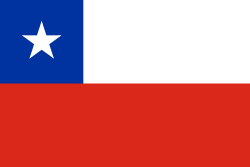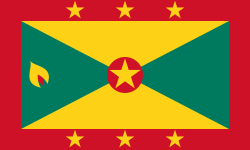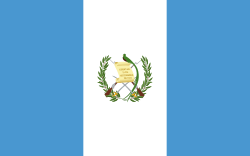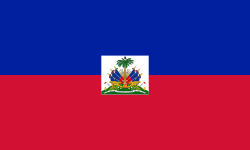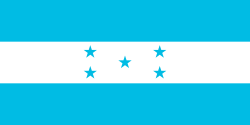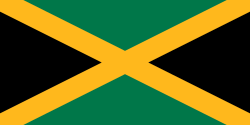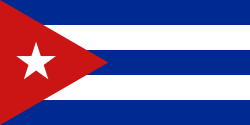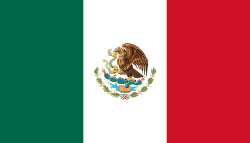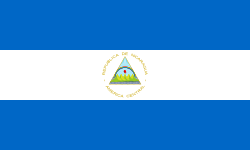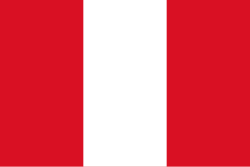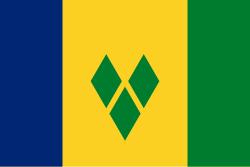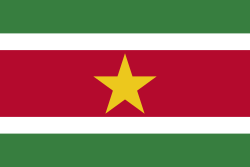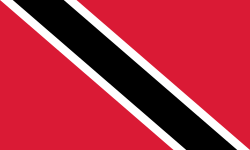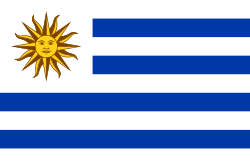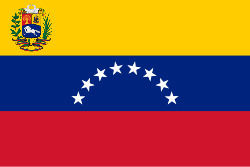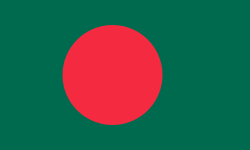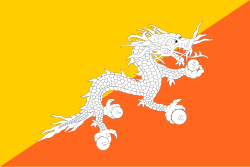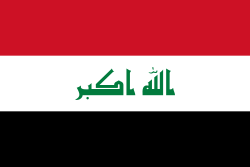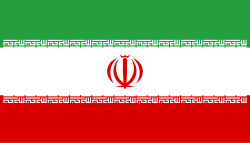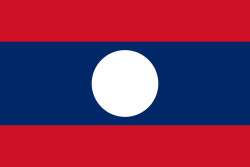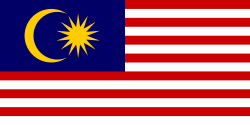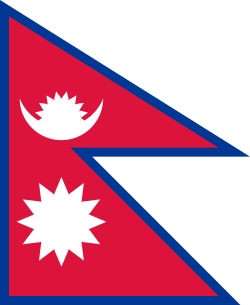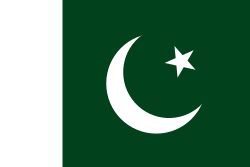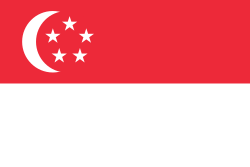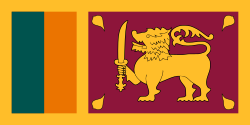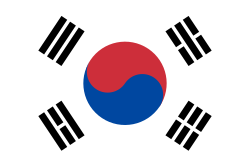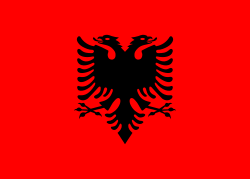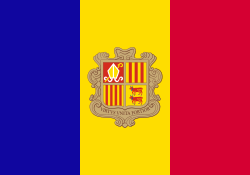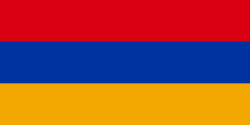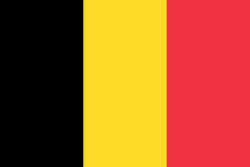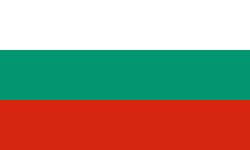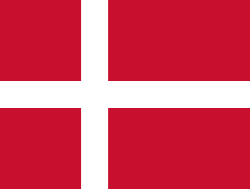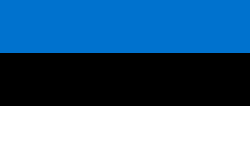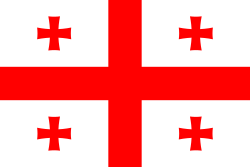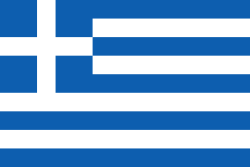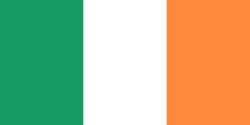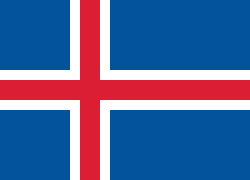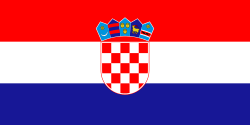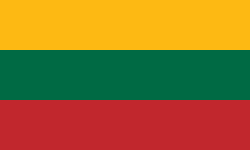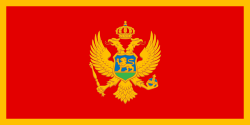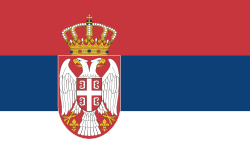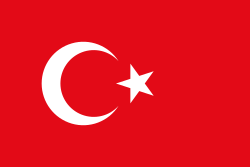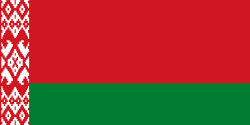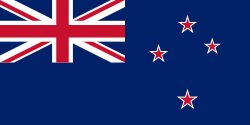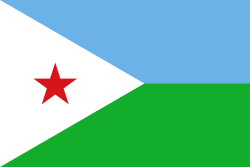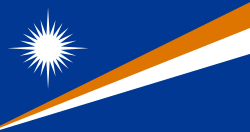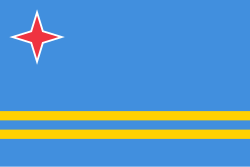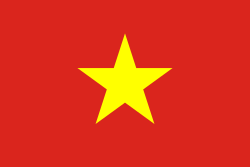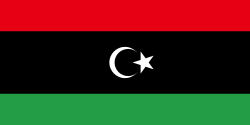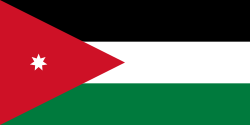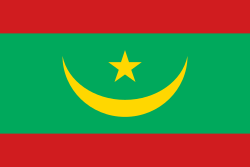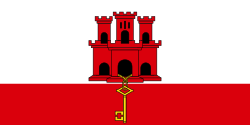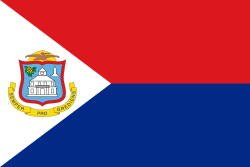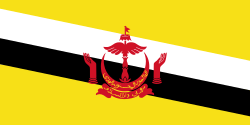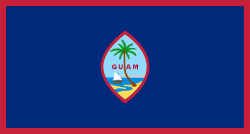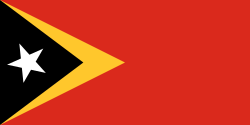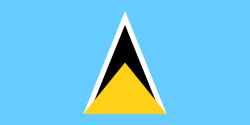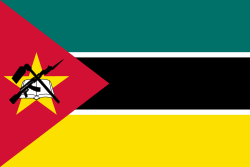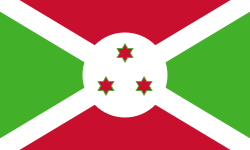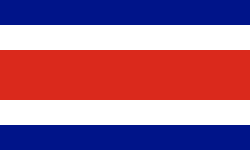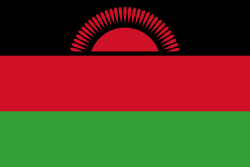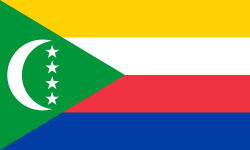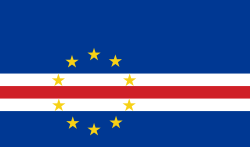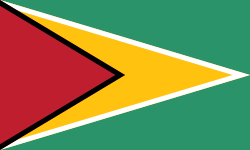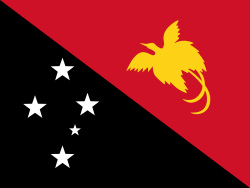Internationella simförbundet
| Verksamhet | Konstsim Simning Simning i öppet vatten Simhopp Vattenpolo |
|---|---|
| Bildat | 19 juni 1908 |
| Antal medlemsförbund | 209 |
| Huvudkontor | |
| Ordförande |
Fédération internationale de natation, förkortat FINA, även kallat Internationella simförbundet, är det internationella förbundet för simsport och ansvarar för tävlingssimning, simhopp, konstsim, vattenpolo och simning i öppet vatten.
Historia
FINA grundades den 19 juli 1908 på Manchester Hotel i London i slutet av de olympiska spelen 1908 av de belgiska, brittiska, danska, finländska, franska, tyska, ungerska och svenska simförbunden.
Mästerskap som FINA organiserar
Medlemmar
- Afrika
 Algeriet
Algeriet Angola
Angola Burundi
Burundi Benin
Benin Botswana
Botswana Burkina Faso
Burkina Faso Centralafrikanska republiken
Centralafrikanska republiken Djibouti
Djibouti Egypten
Egypten Ekvatorialguinea
Ekvatorialguinea Elfenbenskusten
Elfenbenskusten Eritrea
Eritrea Etiopien
Etiopien Gabon
Gabon Gambia
Gambia Ghana
Ghana Guinea
Guinea Guinea-Bissau
Guinea-Bissau Kamerun
Kamerun Kap Verde
Kap Verde Kenya
Kenya Komorerna
Komorerna Kongo-Brazzaville
Kongo-Brazzaville Kongo-Kinshasa
Kongo-Kinshasa Lesotho
Lesotho Liberia
Liberia Libyen
Libyen Madagaskar
Madagaskar Malawi
Malawi Mali
Mali Marocko
Marocko Mauretanien
Mauretanien Mauritius
Mauritius Moçambique
Moçambique Namibia
Namibia Niger
Niger Nigeria
Nigeria Rwanda
Rwanda Senegal
Senegal Seychellerna
Seychellerna Sierra Leone
Sierra Leone Somalia
Somalia Sudan
Sudan Swaziland
Swaziland Sydafrika
Sydafrika Tanzania
Tanzania Tchad
Tchad Togo
Togo Tunisien
Tunisien Uganda
Uganda Zambia
Zambia Zimbabwe
Zimbabwe
- Amerika
 Amerikanska Jungfruöarna
Amerikanska Jungfruöarna Anguilla
Anguilla Antigua och Barbuda
Antigua och Barbuda Argentina
Argentina Aruba
Aruba Bahamas
Bahamas Barbados
Barbados Bermuda
Bermuda Belize
Belize Bolivia
Bolivia Brasilien
Brasilien Brittiska Jungfruöarna
Brittiska Jungfruöarna Caymanöarna
Caymanöarna Chile
Chile Colombia
Colombia Costa Rica
Costa Rica Curaçao
Curaçao Dominica
Dominica Dominikanska republiken
Dominikanska republiken Ecuador
Ecuador El Salvador
El Salvador Grenada
Grenada Guatemala
Guatemala Guyana
Guyana Haiti
Haiti Honduras
Honduras Jamaica
Jamaica Kanada
Kanada Kuba
Kuba Mexiko
Mexiko Nicaragua
Nicaragua Panama
Panama Paraguay
Paraguay Peru
Peru Puerto Rico
Puerto Rico Saint Kitts och Nevis
Saint Kitts och Nevis Saint Lucia
Saint Lucia Saint Vincent och Grenadinerna
Saint Vincent och Grenadinerna Sint Maarten
Sint Maarten Surinam
Surinam Trinidad och Tobago
Trinidad och Tobago Turks- och Caicosöarna
Turks- och Caicosöarna Uruguay
Uruguay USA
USA Venezuela
Venezuela
- Asien
 Afghanistan
Afghanistan Bahrain
Bahrain Bangladesh
Bangladesh Bhutan
Bhutan Brunei
Brunei Filippinerna
Filippinerna Förenade Arabemiraten
Förenade Arabemiraten Hongkong
Hongkong Indien
Indien Indonesien
Indonesien Irak
Irak Iran
Iran Jordanien
Jordanien Japan
Japan Kambodja
Kambodja Kazakstan
Kazakstan Kina
Kina Kinesiska Taipei
Kinesiska Taipei Kirgizistan
Kirgizistan Kuwait
Kuwait Laos
Laos Libanon
Libanon Macao
Macao Malaysia
Malaysia Nepal
Nepal Nordkorea
Nordkorea Oman
Oman Pakistan
Pakistan Qatar
Qatar Saudiarabien
Saudiarabien Singapore
Singapore Sri Lanka
Sri Lanka Sydkorea
Sydkorea Syrien
Syrien Tadzjikistan
Tadzjikistan Thailand
Thailand Turkmenistan
Turkmenistan Uzbekistan
Uzbekistan Vietnam
Vietnam Östtimor
Östtimor
- Europa
 Albanien
Albanien Andorra
Andorra Armenien
Armenien Azerbajdzjan
Azerbajdzjan Belgien
Belgien Bosnien och Hercegovina
Bosnien och Hercegovina Bulgarien
Bulgarien Cypern
Cypern Danmark
Danmark Estland
Estland Frankrike
Frankrike Färöarna
Färöarna Georgien
Georgien Gibraltar
Gibraltar Grekland
Grekland Irland
Irland Island
Island Israel
Israel Italien
Italien Kosovo
Kosovo Kroatien
Kroatien Lettland
Lettland Liechtenstein
Liechtenstein Litauen
Litauen Luxemburg
Luxemburg Malta
Malta Moldavien
Moldavien Monaco
Monaco Montenegro
Montenegro Nordmakedonien
Nordmakedonien Norge
Norge Nederländerna
Nederländerna Polen
Polen Portugal
Portugal Rumänien
Rumänien Ryssland
Ryssland San Marino
San Marino Schweiz
Schweiz Serbien
Serbien Slovakien
Slovakien Slovenien
Slovenien Spanien
Spanien Storbritannien
Storbritannien Sverige
Sverige Tjeckien
Tjeckien Turkiet
Turkiet Tyskland
Tyskland Ukraina
Ukraina Ungern
Ungern Vitryssland
Vitryssland Österrike
Österrike
- Oceanien
Externa länkar
Media som används på denna webbplats
Flag of Switzerland at sea
Flag of the Ivory Coast, written by Jon Harald Søby, modified by Zscout370. The colors match to what is reported at http://fotw.vexillum.com/flags/ci.html.
Flag of Rwanda. The flag ratio is 2:3 with the stripes being 2:1:1. Colors are the following officially: Pantone 299 C 2X (blue), RAL 6029 (green), RAL 1023 (yellow) and RAL 1003 (golden yellow). (As of 03/08/2010, the only color used is the Pantone 299 C, which is from here. The rest of the colors are RAL shades from here.)
Flag of Senegal
Färg som används: National flag | South African Government and Pantone Color Picker
| grön | rendered as RGB 0 119 73 | Pantone 3415 C |
| gul | rendered as RGB 255 184 28 | Pantone 1235 C |
| röd | rendered as RGB 224 60 49 | Pantone 179 C |
| blå | rendered as RGB 0 20 137 | Pantone Reflex Blue C |
| vit | rendered as RGB 255 255 255 | |
| svart | rendered as RGB 0 0 0 |
Det är enkelt att lägga till en ram runt den här bilden
Författare/Upphovsman: See File history below for details., Licens: CC0
Dominicas flagga
Den Dominikanska republikens flagga består av ett vitt centrerat kors som sträcker sig hela vägen ut till flaggans kant. I mitten på korset sitter ett emblem med en bibel, ett gyllene kors och sex dominikanska flaggor. Emblemet är omgivet av olivkvistar och palmblad. Under emblemet står ”Republica Dominicana” och ovanför ett band med landets mottot ”Dios, Patria, Libertad” (”Gud, Landet, Frihet”).
Flag of Jamaica. “The sunshine, the land is green, and the people are strong and bold” is the symbolism of the colours of the flag. GOLD represents the natural wealth and beauty of sunlight; GREEN represents hope and agricultural resources; BLACK represents the strength and creativity of the people. The original symbolism, however, was "Hardships there are, but the land is green, and the sun shineth", where BLACK represented the hardships being faced.
Trinidad och Tobagos flagga
bendera Indonesia
Flag of Iran. The tricolor flag was introduced in 1906, but after the Islamic Revolution of 1979 the Arabic words 'Allahu akbar' ('God is great'), written in the Kufic script of the Qur'an and repeated 22 times, were added to the red and green strips where they border the white central strip and in the middle is the emblem of Iran (which is a stylized Persian alphabet of the Arabic word Allah ("God")).
The official ISIRI standard (translation at FotW) gives two slightly different methods of construction for the flag: a compass-and-straightedge construction used for File:Flag of Iran (official).svg, and a "simplified" construction sheet with rational numbers used for this file.
Chinese Taipei Olympic Flag. According to the official website of Chinese Taipei Olympic Committee, Blue Sky(circle) & White Sun(triangles) above the Olympic rings is neither the National Emblem of the Republic of China, nor the Party Emblem of Kuomintang (KMT), but a design in between, where the triangles do not extend to the edge of the blue circle, as registered at International Olympic Committee in 1981 and digitally rendered in 2013. Besides, the blue outline of the five-petaled plum blossom is broader than the red one. Moreover, the CMYK code of the blue one and the Blue Sky & White Sun is "C100-M100-Y0-K0", and different from the Olympic rings (C100-M25-Y0-K0). Note that it's the only version recognized by IOC.
Flag of Laos
The national flag of Kingdom of Thailand; there are total of 3 colours:
- Red represents the blood spilt to protect Thailand’s independence and often more simply described as representing the nation.
- White represents the religion of Buddhism, the predominant religion of the nation
- Blue represents the monarchy of the nation, which is recognised as the centre of Thai hearts.
The civil ensign and flag of Belgium. It is identical to Image:Flag of Belgium.svg except that it has a 2:3 ratio, instead of 13:15.
Flag of Israel. Shows a Magen David (“Shield of David”) between two stripes. The Shield of David is a traditional Jewish symbol. The stripes symbolize a Jewish prayer shawl (tallit).
Det är enkelt att lägga till en ram runt den här bilden
Flag of Liechtenstein
Författare/Upphovsman: Gutten på Hemsen, Licens: CC0
Flag of Norway with colors from the previous version on Commons. This file is used to discuss the colors of the Norwegian flag.
Flag of Portugal, created by Columbano Bordalo Pinheiro (1857–1929), officially adopted by Portuguese government in June 30th 1911 (in use since about November 1910). Color shades matching the RGB values officially reccomended here. (PMS values should be used for direct ink or textile; CMYK for 4-color offset printing on paper; this is an image for screen display, RGB should be used.)
The flag of Slovenia.
- "The construction sheet for the coat of arms and flag of the Republic of Slovenia
- is issued in the Official Gazette Uradni list Republike Slovenije #67, 27 October 1994
- as the addendum to the Law on the coat of arms and flag."
Flag of Namibia
Islamiska emiratet Afghanistans flagga (tillika Talibanrörelsens flagga), införd 1997, återinförd 2021.
Flag of the Turks and Caicos Islands
The flag of Aruba
Burkina Fasos flagga
Författare/Upphovsman: See File history below for details., Licens: CC0
Flag of Oman
Flag of Anguilla, adopted on 30 May 1990 and modified slightly on 25 January 1999.
Flag of Syria. Originally flag of the Syria Revolution (from 2011), de facto flag of Syria beginning December 2024, official beginning March 2025.
Flag of Mauritania, adopted in 2017. The National Assembly added red stripes to the top and bottom edges to represent “the blood shed by the martyrs of independence”.
Flag of Gibraltar
The flag of Guam, courtesy an e-mail from the author of xrmap. Modifications by Denelson83.
The flag of Curaçao is a blue field with a horizontal yellow stripe slightly below the midline and two white, five-pointed stars in the canton. The geometry and colors are according to the description at Flags of the World.


